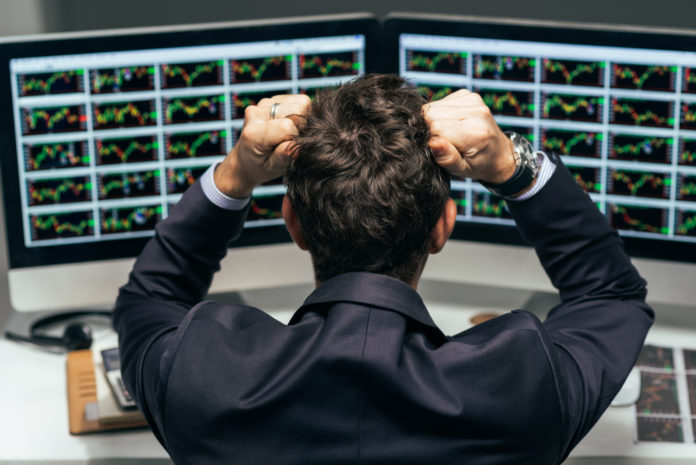Six years ago, Wall Street was going through a dark time.
The 2008 Great Recession cut the value of the stock market by more than half, and it was on this date—March 9, 2009—that the S&P 500 bottomed out at 676.53.
Since that day, it’s been the market’s time to shine. The S&P 500 grew by 213% to its all-time high of 2,117.39 (achieved one week ago today, March 2). The six-year bull market run has caused many investors to re-invest in the market these past several months, in hopes that they can continue to ride the wave of momentum.
But how long until it all comes crashing down?
It’s hard to argue that the Federal Reserve’s ‘loose-money’ policy of quantitative easing played a considerable role in the market’s upswing. In fact, when quantitative easing ended at the conclusion of October, the S&P 500 stood at 2,018.21. Today, it opened at 2,071.26.
Crunch the numbers—that’s a gain of only 2.6% in the 4+ months since the end of quantitative easing. You can’t quite say the program’s cessation ended the bull market, but it has certainly taken some wind out of its sails.
What’s more, recent economic data—most notably employment figures—have led to many experts calling for an interest rate hike around the beginning of June. The release of data that led to this theory caused the Dow to shed 278 points on Friday. What will happen if the rate hike is officially announced?
With the bull market entering its seventh year, investors can’t help but look at historical bull markets and their durations. CNBC reported that of the 12 bull markets since the end of World War II—that’s a span of about 70 years—this current streak is the fourth-longest at 72 months.
So are there any signs of an impending end to the bull market? Most bull markets end as a result of a recession, or the threat of a recession. Some people are pointing to the slump in fourth-quarter earnings as a sign of trouble.
But maybe the biggest factor is the continued strengthening of the U.S. dollar. The dollar is at its highest level against the Euro in 12 years, and figures to grow even stronger as Europe embarks upon quantitative easing. This could drive the prices of U.S. goods higher in overseas markets, translating to lower sales figures for corporations.
As a rule of finance, all bull markets must end. When will the current winning streak grind to a halt? That’s anybody’s guess—but if history is any indication, investors are running out of time.













